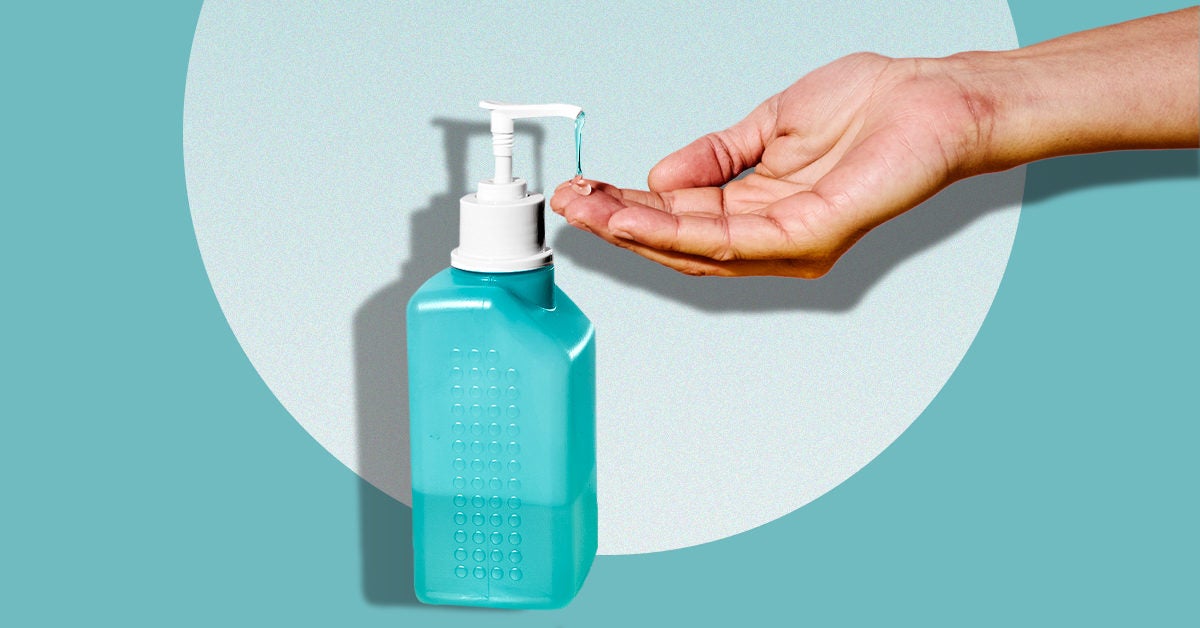All of the Following Chemicals Are Accepted Sanitizers Except
All of the following are the most common types of chemical sanitizers used in foodservice establishments except. May I use on the organic production line.

The Essential Cleaners For Your Restaurant Types Uses
ATCP 70285a a Sanitizers approved by the US.

. 1 immersion for at least one-half 12 minute in clean hot water at a temperature of at least 170 F. For every chemical found to be hazardous the chemical manufacturer or importer must develop a container label and an SDS and provide both documents to downstream users of the chemical. M The food-contact surfaces of all equipment and utensils shall be sanitized by.
The reserve sample shall be stored in the same immediate container-closure system in which the drug product is marketed or in one that has essentially the same characteristics. The following active ingredients are allowed in sanitizers used on organic food contact surfaces and equipment with a noted restriction on chlorine sanitizers. Scratched and with vs.
If you want to test your or your childrens knowledge about water this quiz is exactly what you need. This study was performed to investigate the efficacy of chemical sanitizers viz chlorine chlorine dioxide alcohol and quaternary ammonium compound against Bacillus cereuson five food contact materials under different conditions smooth vs. Effect of different sanitizers on microbial and sensory.
Magnesium oxide CAS Reg. 7758-02-3 may be added as optional ingredients to this sanitizing solution. Not on the product use disinfectants and sanitizers that contain ethanol isopropanol isopropyl alcohol hydrogen peroxide L-Lactic acid or citric acid.
74589-007-01 CleanCare NoGerm Advanced. All employers with employees exposed to hazardous chemicals must develop a hazard communication program and ensure that exposed employees are provided with. B Air-dry items on a clean and sanitized surface.
Temperature concentration and time. The effects of the sanitizers and sequential treatments of AEW or POAA followed by calcium ascorbate CaA on browning. Accepted 11 February 2005 Abstract Chemicals containing SH-groups as sulfites and chlorine-based agents are commonly employed in the fresh-cut process of.
Ethylhexyl glycerin dexpanthenol and fatty alcohols can be added without decreasing antimicrobial efficacy 120. To get the most out of your sanitizers keep three factors in mind. During use of chemicals ventilate the space with outside air by opening doors and windows or by bringing in outside air with your air handling system.
Exposures in the community except possibly in cases of fires or spills are usually much lower than those found in the workplace. All washing times were 3min except for ozonated water where the. With good parenting kids will know the importance of water at a young age.
The FDA Food Code identifies a few chemical sanitizers that are approved for use on food-contact surfaces including chlorine iodine and quaternary ammonium. The FDA identified the following products in its warning. Which of the following statements is incorrect.
5 days Maximum Reuse. K091210 Acecide-C High Level Disnfectant and Sterilant. ClimbOn says their plant-based and cruelty-free hand sanitizer is safe for sensitive skin too.
On the one hand this makes a warmer sanitizer more effective in the short term at disinfecting. Your dishwashing machine is not working and you must use your. All-Clean Hand Sanitizer National Drug Code.
This may be a problem for children or people who are already ill. 2 hrs at 20ºC. Theres aloe vera gel.
For example EPA requires manufacturers of sanitizers disinfectants or chemical sterilants to test formulations by using accepted methods for microbiocidal activity stability and toxicity to animals and humans. 50 to 100 ppm Chlorine based sanitizers are the most commonly used sanitizers. To obtain a registration a manufacturer must submit specific data about the safety and effectiveness of each product.
This study investigated the efficacy of different sanitizers including acidic electrolyzed water AEW peroxyacetic acid POAA and chlorine on the inactivation of Escherichia coli O157H7 on fresh-cut apples. Chlorine Materials see notes below Hydrogen peroxide Ozone Peracetic acidperoxyacetic acid. Indication for device sterilization.
The reserve sample consists of at least twice the quantity necessary to perform all the required tests except those for sterility and pyrogens. 7 CFR 205605. 74589-002-01 Esk Biochem Hand Sanitizer NDC.
However people in the community may be exposed to contaminated water as well as to chemicals in the air over long periods. Environmental protection agency and labeled for use on food contact surfaces are also accepted by the department for use according to their labels. Propylene glycol can be used at concentrations of 2 to 5.
Place the following steps for cleaning and sanitizing in a three-compartment sink in the correct order. Sanitizers or detergent-sanitizers shall be of the type which do not require a fresh water rinse. A Sanitize items in third sink.
Theyll know its a pivotal component of many daily activities washing cleaning drinking cooking and for many leisure activities as well. C Rinse items in second sink. 70 percent ethyl alcohol in ClimbOn Hand Spray exceeds the CDC requirement.
1309-48-4 and potassium bromide CAS Reg. In addition to use on food-processing equipment and utensils this solution may be used on food-contact surfaces in public eating places. There are three acceptable types of sanitizer solutions for use in a food establishment.
The department may approve other sanitizers and sanitizing methods that it finds to be safe and effective for the purpose used. D Rinse scrape or soak items before washing them. In the longer term however the sanitizer loses its concentration of the sanitizing agent and requires more frequent monitoring to ensure effectiveness.
Other emollients can be used to improve skin tolerance and consumer acceptance. 3100-3400 ppm peracetic acid. They are effective against all bacteria and are fairly inexpensive.
As with all dissolved gases higher temperatures liberate more gases. Clean and sanitize mops and brushes in the ware washing dishwashing sink never in the food- preparation sink.

How Sanitizing Protects Your Food Safety

No comments for "All of the Following Chemicals Are Accepted Sanitizers Except"
Post a Comment